Why are foreigners now obsessed with Japan? (Visual Thinking)
Overlooked by cashless proponents
Cash or Credit Card? A card person? With that in mind, we sometimes encounter people who have difficulty understanding credit card payments and IC cards.
Cash and money, such as bills and coins, make the exchange visible. Stores can also make mistakes in the number of digits on a card, which can cause major accidents. Even if the entire site is automated, as long as the designers are human beings, this is a problem that can occur.
If we talk about which method is more efficient in terms of profit and loss, card payment is more suitable than cash. However, when it comes to which one is more tactile, sensory, and visual, it will be different.
There are those who righteously state that the card is good and should be advanced. They say that the cash people don’t understand enough and that they should be made to learn because they would definitely benefit from knowing. The voice of the relatively visual thinker tends to be drowned out by the label of incompetence in this discussion as well. It’s not that it’s hard to move to cards from that perspective in the first place. It’s the “hard to understand” part. It will not be pleasant to swallow if it is replaced by the presence or absence of linguistic thinking knowledge.
Do you read the picture from the title? Do you get the feeling from the picture itself?
When you go to a museum, you will see titles and descriptions (captions) written in letters on paintings and other works of art. The relationship between the text and the picture reveals what the person is looking at the information based on.
In museums of medium or larger size, audio guidance is also provided. Some visitors may find it easier to understand information based on this explanation. Others may find it easier to organize and understand concepts when they see information in the form of diagrams, such as exhibit guides and museum floor plans.
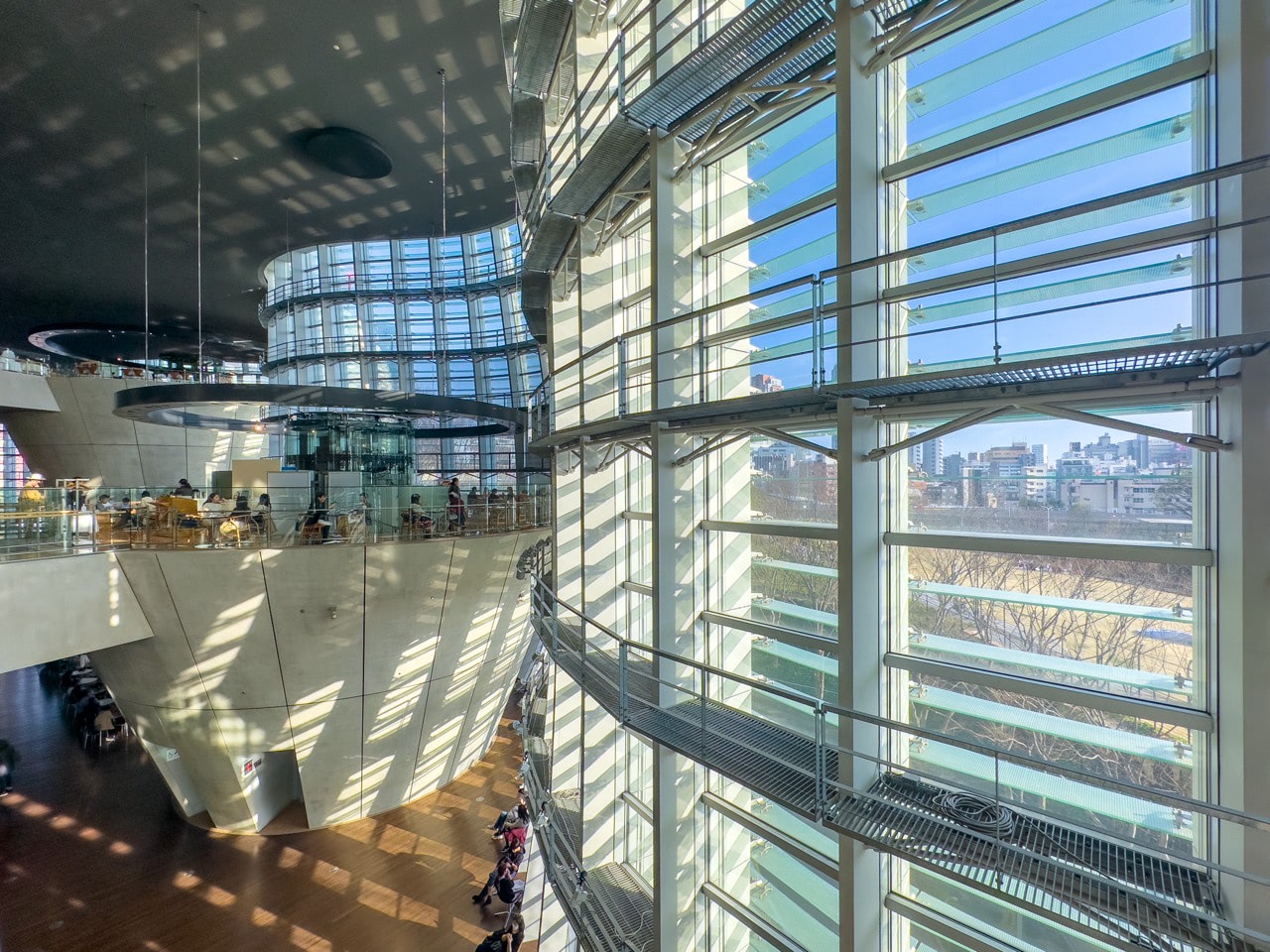
Art museums are places that show visual information in the form of paintings, and this is also the case at train stations in Japan, which are designed to show this information through text, sound, and diagrams.

Each recipient is more likely to understand pictures, diagrams, audio, or text. However, not everyone falls into one of these categories, and the ratio varies from person to person and from situation to situation.
And when it comes to communicating rather than just receiving, what is easier to convey depends on the person and the situation: text, sound, music, pictures, diagrams, etc.
So far, we have talked about how it varies from situation to situation, but in some situations, accidents can be prevented or new discoveries can be made.
Seeing with the eyes prevents accidents and makes new discoveries.
The video “Don’t be depressed by words anymore. Perfection and righteousness are illusions created by insecurity.” It begins with an event called the ‘punch rally’ held in the summer of 2024 at Seibu Railway, which runs through Musashino, Tokyo. To commemorate the 100th anniversary of the opening of four stations on the Seibu Ikebukuro Line (Shiinamachi, Nakamurabashi, Hibarigaoka, and Kiyose), this rally recreates how station staff used to punch (i.e., shear) the boarding tests (tickets) purchased by customers.

In recent years, not only in rural areas but also in the suburbs of Tokyo, stations are being remotely controlled and made unmanned. I think it will be difficult to hold such events in the future. This may be one of the reasons why this event was held.
History of automatic ticket gates, to finding solutions to problems
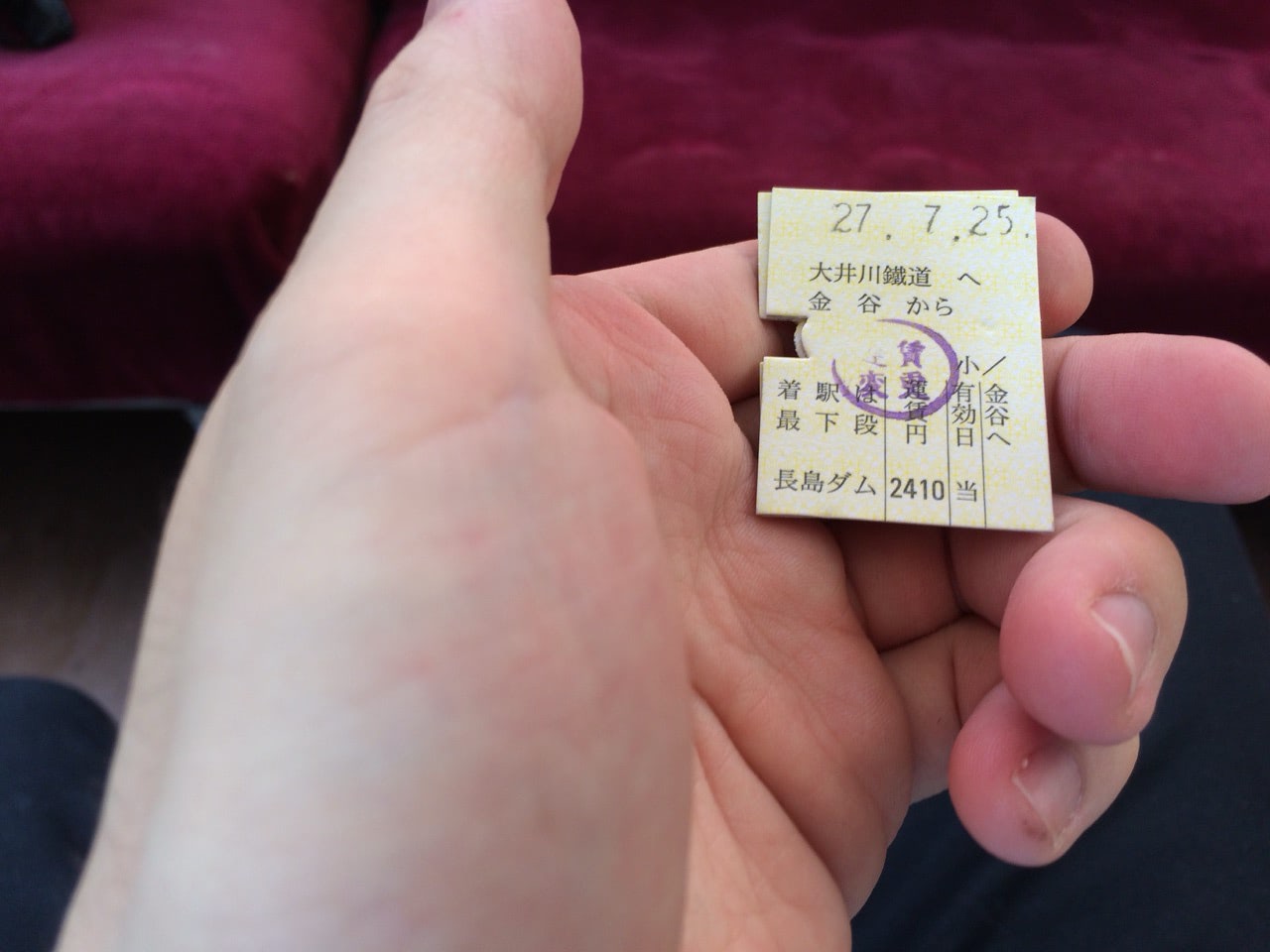
Looking at the history of automatic ticket gates, Kansai introduced them first. Tokyo was late in introducing them because there were too many trains in and out of Tokyo and the routes were too complicated. However, in Tokyo, the population exploded in the 1960s, and the stations were jammed daily with people entering and exiting through the ticket gates. The crowds were so congested that some people fell off the platforms, others pushed each other around and their shoes disappeared somewhere, and so on.
The cause of the problem was the station staff’s checking of the ticket gates, ticket collection (checking boarding passes), and commuter passes. Although the check took only a few seconds, it still took a long time and interrupted the entire flow of operations when the ticket gate could not be used to deal with a passenger with a problem.
It is against this background that the decision was made to introduce automatic ticket gates.
Circumstances different from those of an automatic ticket office
This is a digression, but regarding ticket sales, “automatic ticket vending machines” were first installed in 1911, and electric ticket vending machines were installed in the 1950s, but these machines sold tickets for a fixed amount, for example, machines dedicated to 10 yen sections and machines dedicated to 20 yen sections. Even overseas, it is not uncommon for automatic ticket gates to be installed with a fixed fare.
However, this is not the case with automatic ticket gates. In addition, there are tens of thousands of routes in the suburbs of Tokyo in Japan, and because of coordination with other companies’ routes and gradual transition, it was necessary to keep the two ticket and commuter pass sizes the same, and to devise a way for the ticket to come out in a certain direction to improve processing efficiency and prevent passengers from being held up when they pass.
その中でソフトウェアでも膨大ですが機械的なハードウェアでは思わぬ部分で開発が困難を迎えます。それが小さな切符を傾けて入れると向きが処理中に問題を生じさせるということ。2種類以上の大きさの切符を処理しなければならない・通過速度を早めるために同じ挿入口に入れさせないといけないという宿命です。
The clue to the solution was a ticket that washed up in the river. For more details, please watch the video “No More Depression by Words. The Illusion of Perfection and Righteousness is Born of Insecurity”.
2009 US Airways emergency landing in the Hudson River
An aircraft, US Airways Flight 1549 from New York, collided with a flock of birds shortly after takeoff, resulting in the loss of both engines. Captain Chesley Sullenberger (Captain Sully) instantly sees what is going on outside and decides to make an emergency landing in the Hudson River, rather than following a linguistic checklist or tower instructions.
In a situation where there was no time to think in words, the crew used visual information to determine “where to land the boat safely” and saved everyone’s life. This is an example of how visual perception and intuitive judgment played a decisive role in avoiding an accident.
Visual thinking used in medicine
The Japanese railroad industry’s “pointing confirmation” has been shown to greatly reduce errors by visually and physically pointing and checking, rather than reporting “I checked” with words alone.
Experiments show that the combination of vision + pointing + voice reduces confirmation errors by about 85%. It is said that the combination of visual, pointing, and voice prevents mistakes caused by “assumption. Visual confirmation is far more accurate than mere verbal confirmation.
In addition, in the medical field, color coding, or the use of different colors for different types of anesthetics to prevent surgical errors, reduces the risk of misadministration.
It can be said that in many cases, visual thinking, in which people “see with their eyes and make decisions intuitively,” can prevent accidents better than verbal thinking (i.e., decisions based on papers or manuals).
Theory is merely an array at the end of the senses.
In the first place, I believe that all linguistic theories are nothing more than the aggregation and connection of human beings’ visual thinking and other intuitions. Theories provide a solid framework, such as manuals and textbooks, to move all kinds of people.
What is the presence of visual thinking, which is also important for verbal thinkers?To see the important continuation, you need to check the social networking site.
Why do foreigners want to come to Japan?
Japan has recently become the number one destination for foreign travelers in the U.S., and foreign tourists have become obsessed with Japan to the point of being almost abnormal. It is hard to believe that Japan was once looked down upon.
The “Japanese context” as disseminated by Corona, according to Takashi Murakami.
Takashi Murakami, the artist with the highest price tag as a Japanese, attributed these phenomena to the fact that “as a result of the infection explosion (pandemic) caused by the new coronavirus around 2020 and the penetration of Japanese anime and manga, the Japanese context began to be understood and interested”. I really believe that point to be true as well.
First of all, the way manga is viewed, the way it expresses perspective in its characteristic two-dimensionality, is obvious to most Japanese people. However, from a Westerner’s point of view, it is incomprehensible. This is in contrast to the East, who could not understand what the West was raising as “modern art.
However, when confronted with Japanese works during his isolation in Corona, he realized that the expressions that seemed messed up and distorted were actually created in a sophisticated context. Then, he said, he was fascinated by everything from Japanese gardens to architecture, culture, and food, just as the Japanese used to rave about the West.
More than just that” Background of the rapid increase in inbound visitors
But I feel that in addition to that, there is the over-efficiency of the West.
I myself have studied design to some extent, and design is something of a manual that exists so that any person can express themselves accurately. This is also true in Western medicine. Up to a certain point, Western medicine is so well verbalized that it is almost perfect.
However, when a “certain” quality is assured in society, people begin to question the meaning of the essential parts. The more efficient society becomes by aligning all signs and language in the same form at home and abroad because it was originally messed up, the more people will now seek the character of each place and each person beyond the design.
Even in Western medicine, in the short term, a patient can be cured with a prescription of “this medicine for my stomach ache,” but side effects and long-term negative effects of the medication will be dealt with in the future with further different medications or surgery. Oriental medicine is uneven from person to person, but it may take into account the background of each patient and take a long-term perspective.
The illusion of “respect” seen in immigration
Social structures are also distorted as they become more efficient. In other words, the original goal was to unify the world by accepting immigrants and so on. However, when we actually try to unify the world, distortions arise due to differences in values, and even the culture of the place is destroyed, resulting in a loss of identity and a sense of calm. The meaning of being oneself and being born in this place may be greater than one can imagine.
To put it harshly, equality and “respect for other cultures” were nothing more than a pipe dream. If you think about it, respect for “equality” is contradictory in the short term, and is impossible to achieve without spending a considerable amount of time with each other. This is resulting in mutual suffering.
In 2025, President Trump in the United States is trying to enforce his policy of returning refugees from Mexico and other countries back to their countries under his stance of taking back America. Even the United States, originally a country of immigrants, once a land of freedom that even Japan was attracted to.
From such Western and Western countries’ point of view, Japan, which maintains its culture, must feel like “home”. In fact, I have seen several videos of influencers saying such things.
Japan preserved because it is not steeped in linguistics
I believe that Japan has been able to maintain its current form in part because it has been able to stop the runaway effects of linguistic change. This is not unique to Japan; it was once the case in other countries as well. However, it was drowned out as society matured and progressivism took over. After all, it is the end of efficiency.
This is a soil that attracts the attention of foreign countries and gives birth to a succession of creative works such as anime and manga. The Japanese language is considered to be a complex and sensual language. Perhaps there is an environment in which it is easy to accurately convey a sense of skin to each other in such a language. Perhaps our ancestors experienced this kind of immigration flow in the past, and they dared to make it complicated so that it would not change direction in an instant.
In Japan, people value what they see with their eyes and do not rely too much on words. I believe that such a background exists.
With the increase in the number of tourists and immigrants, Japan’s very identity as Japan is being shaken. It is difficult to fight if language is used to contain the situation. I would like to value expressions other than language. It may not be efficient, but it will surely lead to our happiness.
I started a Youtube channel that doesn’t rely on words.
I am creating a world that does not rely on words.
thanks
We would like to thank the station staff of Seibu Railway and Kiyose Station and the crew of Konan Railway for their consent and consideration in filming and recording.
Document: Examples of various communicative thoughts
| Thinking Type | feature | 生かされる分野 |
|---|---|---|
| Verbal Thinking (Verbal) | Thinking with words | Philosophy, Law, Writers, Education |
| Visual thinking | Think in images and video | Architecture, Design, Art, Science |
| 身体思考(キネティック) | Thinking through movement and experience | Sports, dance, craftsmanship |
| Auditory Thinking (Auditory) | Think in sounds and rhythms | Music, Language, Speech |
| Emotional thinking (Emotional) | Emphasis on feelings and intuition | Psychology, counseling, theater |
| 直感的思考 | Leveraging Momentary Inspiration | Creative work, management, strategy |



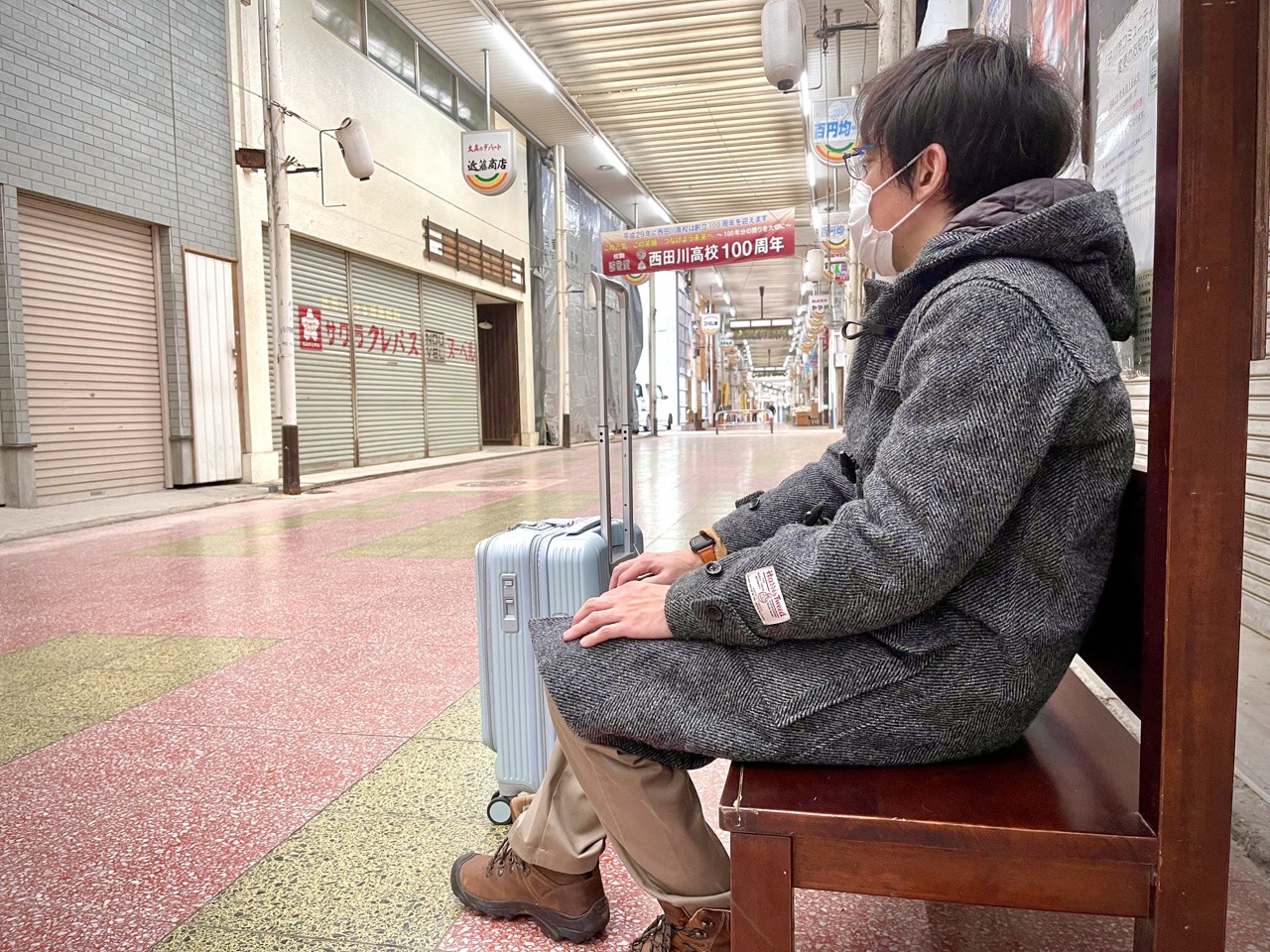
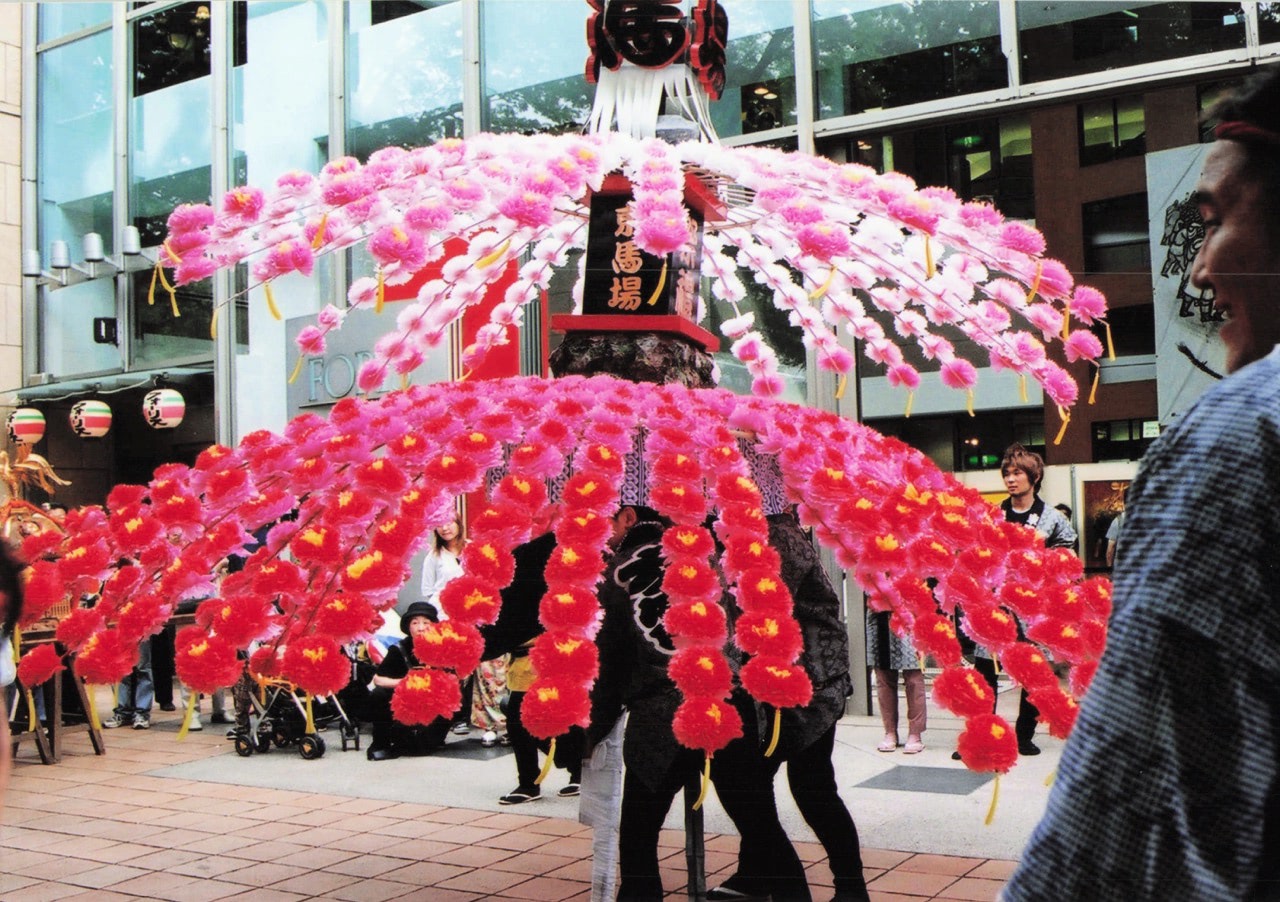
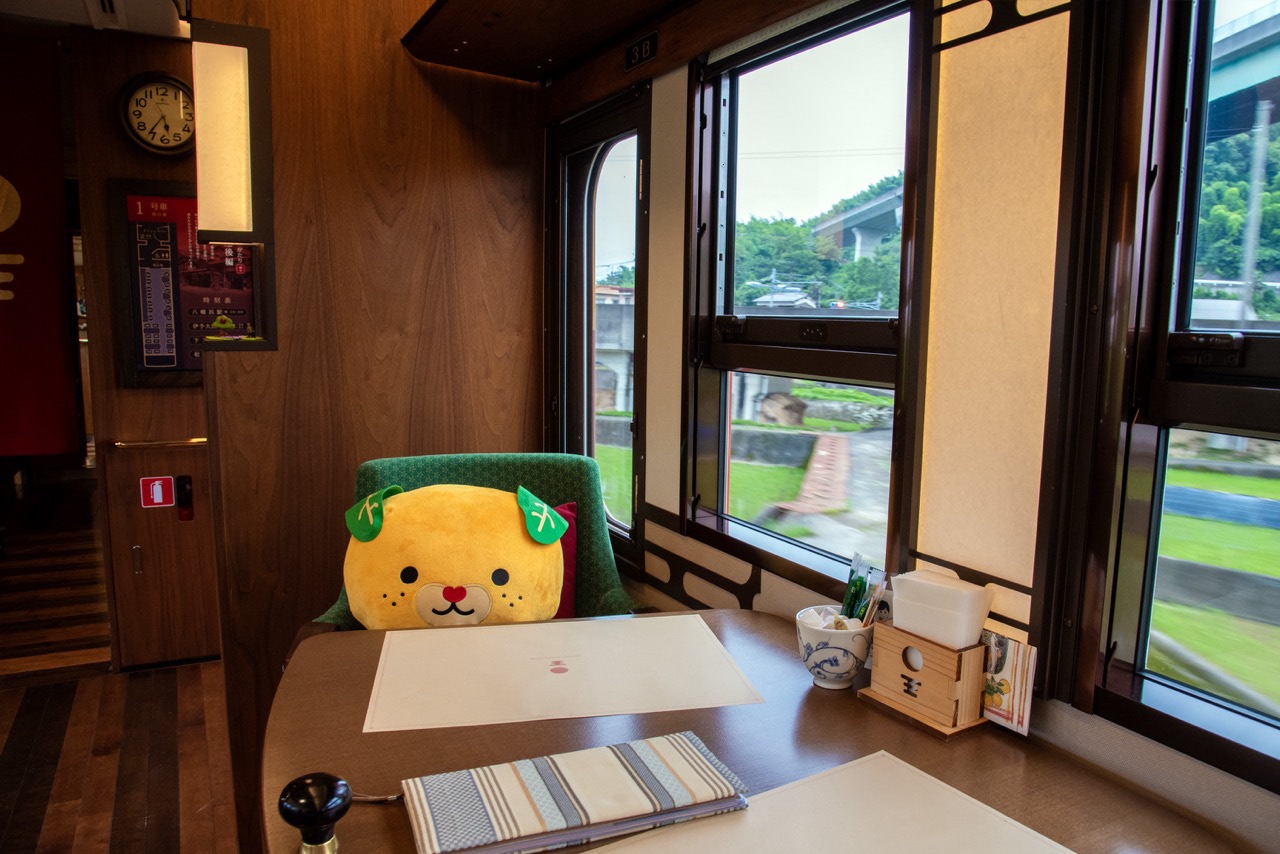

You must be logged in to post a comment.